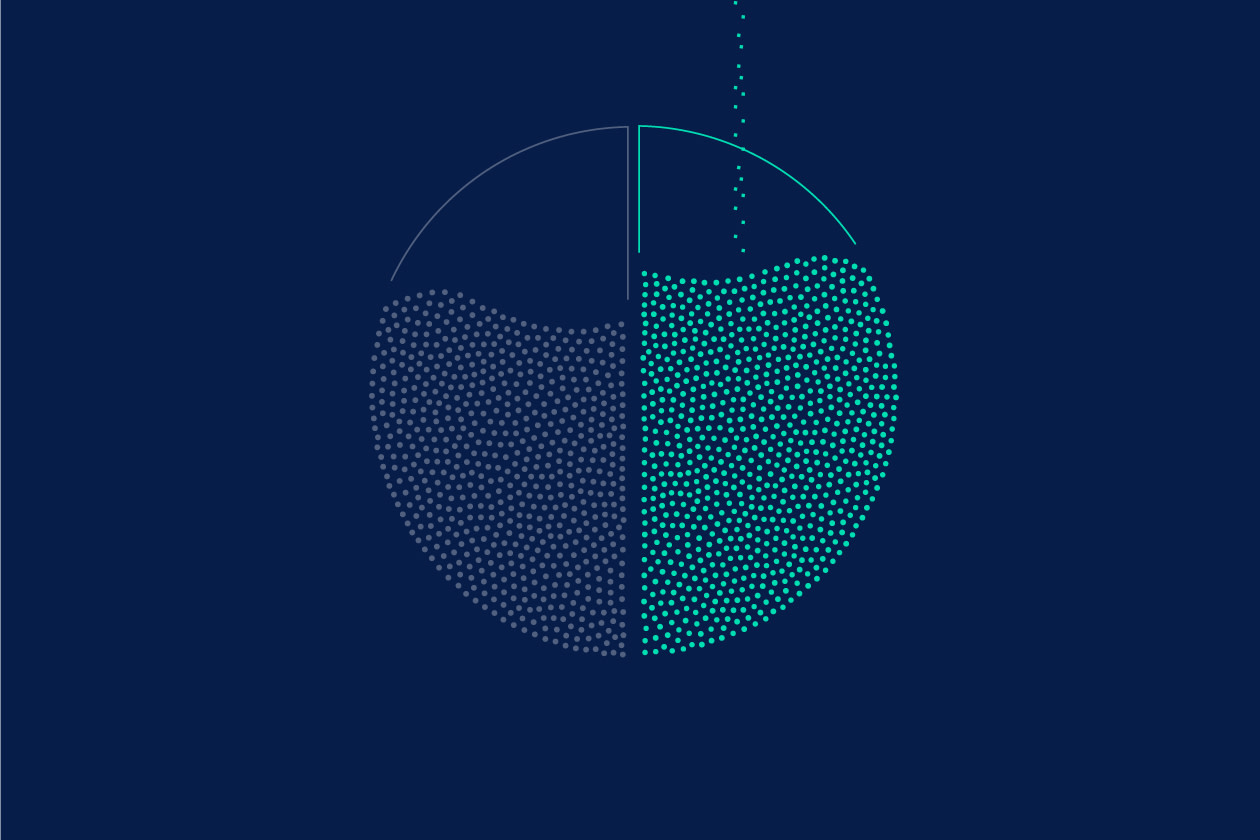Last week, the UK government released the latest earnings data showing an average growth in regular earnings of 6%. On paper this is good news, but frozen tax thresholds are lurking in the background.
In the 2022 Autumn Statement, the Chancellor Jeremy Hunt committed to freezing tax thresholds, like the personal allowance (PA) or higher-rate threshold (HRT) until 2028, extended from 2026.
So, with wages rising, but tax thresholds staying the same, more and more taxpayers will move into higher tax bands and end up paying more tax.
This is called ‘fiscal drag’.
This puts more money into the Treasury, without having to publicly raise tax rates.
With the chancellor’s decision to freeze the PA and HRT thresholds, the Office of Budget Responsibility (OBR) estimates it will increase the government’s tax receipts by over £34bn a year in 2028. Effectively, a stealth tax increase.
Forecast revenue in £bn
By 2028, the Office of Budget Responsibility (OBR) is estimating nearly a whopping seven and a half million people will have moved bands.
Nearly four million new taxpayers will start paying basic-rate tax, around three million will start paying higher-rate tax, and 400,000 will start paying additional-rate tax.
With an election on the horizon, you might think a new government would change this policy and move the thresholds in line with consumer price index (CPI) inflation to try win more votes.
However, the next government stands to benefit from higher tax receipts to help pay for new policies, so there might not be as much incentive to change it.
What can you do about fiscal drag?
With the prospect of paying more income tax, there’s no better time to consider using your tax-efficient allowances.
It means you could save more money by not having to pay more tax than you need to, as well as save and invest in your future.
Maximise your employer contributions
A lot of employers stick to auto-enrolment minimums when it comes to how much they’ll pay into your pension, but some are willing to pay in more.
Certain employers will even hike how much they put in if you increase your contributions – known as employer matching.
If your employer offers this, and you can afford to take advantage, you could boost your pension prospects and save more of your income for your future. Especially if a salary sacrifice scheme is used which reduces your income before you’re taxed.
It also means you don’t need to claim higher rates of tax relief and you save on National Insurance (NI) contributions.
Add to your pension
Putting money into your pension could considerably cut the amount of tax you pay. You could potentially lower your income tax liability by paying into a workplace or personal pension (like a Self-Invested Personal Pension). And for higher earners in particular, the tax perks are even more attractive.
Remember though, you can’t access money in a pension until at least 55 (rising to 57 from 2028).
If you’re a UK resident under 75, you can usually pay up to £60,000 into pensions each tax year and get tax relief from the government. You’ll only get tax relief on personal pension contributions up to 100% of your earnings, or £3,600 depending on which is higher.
If you’ve already taken money from your pension, or you’re a high earner, you might have a lower annual allowance.
Basic-rate tax relief is paid automatically on top of anything you pay into your pension. If you’re a high earner, you can then claim up to a further 20% or 25% (different rates will apply for Scottish taxpayers).
Any money in a pension is also free from UK income and capital gains tax (CGT). Just remember, you have to pay sufficient tax at the higher or additional rate to be able to claim the full 40% or 45% tax relief.

Don’t forget your ISAs
Individual Savings Accounts (ISAs) also offer a tax-efficient way to save and invest for the future.
You can pay in up to £20,000 each tax year. If your investments grow, you won’t have to pay CGT. And you won’t pay UK income tax on any income either.
This tax year you can split your ISA allowance across any number of different types of ISAs (Stocks and Shares ISA, Cash ISA, Lifetime ISA (LISA), and Innovative Finance ISAs) if you don't exceed the total allowance across them all each tax year.
There’s no tax to pay on ISA withdrawals. But if you take money out, you might not be able to pay it back into an ISA without using more of your ISA allowance.
LISA withdrawals are different and usually carry a 25% charge if not used for a house purchase or after age 60, unless due to ill health.

This article isn’t personal advice. Investments and any income they produce can rise and fall in value so you could get back less than you invest. Pension, ISA, and tax rules can change, and benefits depend on your circumstances. Scottish tax rates and bands are different. If you’re not sure what’s right for you, ask for financial advice.




